Video Gaming and Mental Health: It’s Super Effective
Blaine Hancock (he/him/his), Low Entropy Volunteer Writer Let’s face it – life can be pretty hard sometimes. It can be incredibly draining on your mental health to have to juggle a job, family, friends, school, errands, etc. The question is, what can we do to help lower our stress and keep our mental health […]
Starting Small
Jihu Lee (she/her/hers), Low Entropy Volunteer Writer Can you think of any skills or abilities you acquired during childhood that are now second nature to you? Perhaps developing a love for a food you used to hate or learning a second language that you are now fluent in. You probably didn’t notice much progress […]
Self-Therapy: An Introduction
Anastasia Lee (she/her/hers), Low Entropy Volunteer Writer Therapy is expensive. Each session can cost between $60 and $250 or even more, potentially racking up thousands of dollars per patient per year. Although therapy is effective, it is not a solution for everyone, and there is no one-size-fits-all kind of therapy. Everybody’s psychological needs differ, […]
Anxiety: How I Live with It
From recognition to management, Low Entropy Volunteer Writer Kanak Khatri has had plenty of experience with anxiety disorder, and some advice to share on how to actually create value from it. What is Anxiety Disorder? Some days I realise that I am not going to get a lot of sleep because of a […]
Optimism, By Design
Low Entropy Volunteer Writer Amara Camacho shares five ideas to boost the positivity of our home environments and, in turn, ourselves. When it comes to boosting one’s mood, we often forget how great an influence our home environment is on our overall being. We keep relying on outside sources to make us happier but […]
Reconstruction
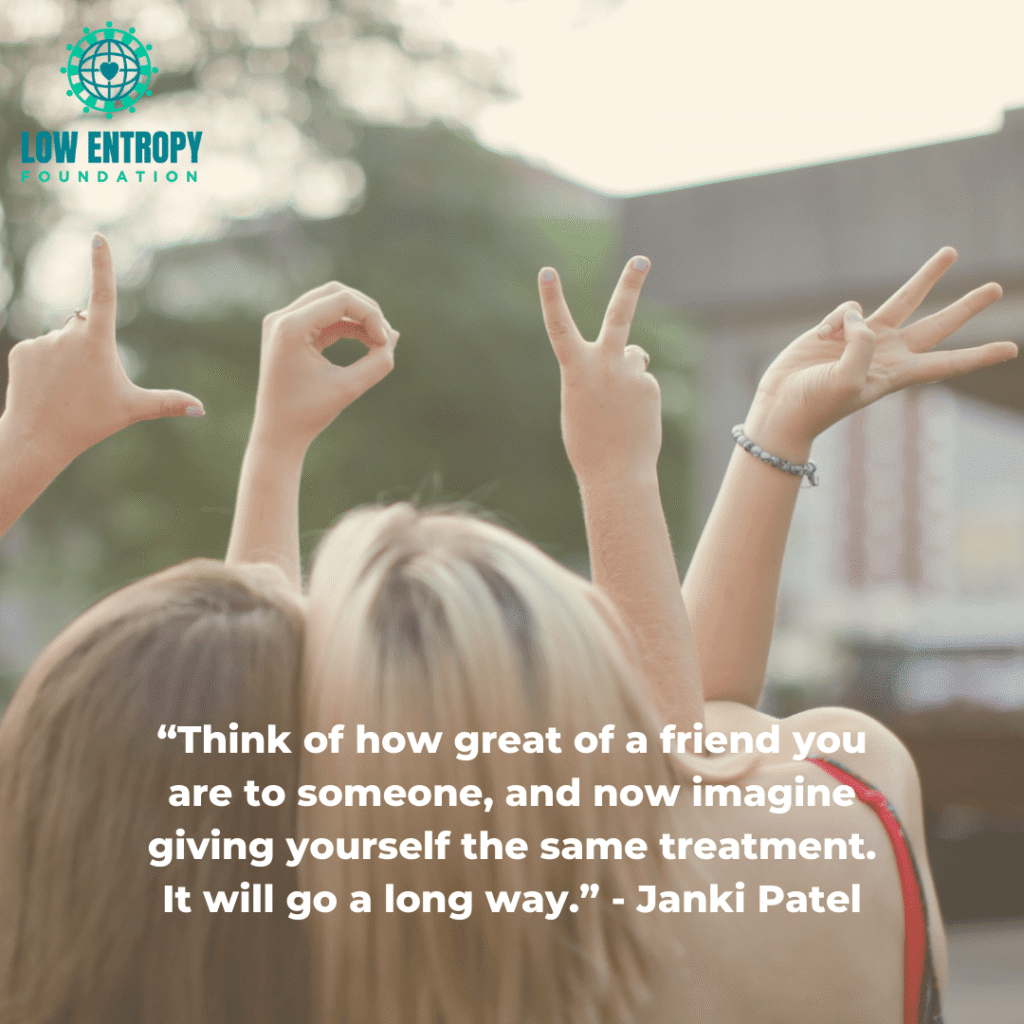
Low Entropy Volunteer Writer Janki Patel always put herself last, until she couldn’t hold herself together any more. Guided by a set of simple principles, Janki shares how she was able to build herself back up. Have you ever given great advice to others but never followed your own? That is the story of […]
Empowering Language to Cultivate Gratitude & Abundance
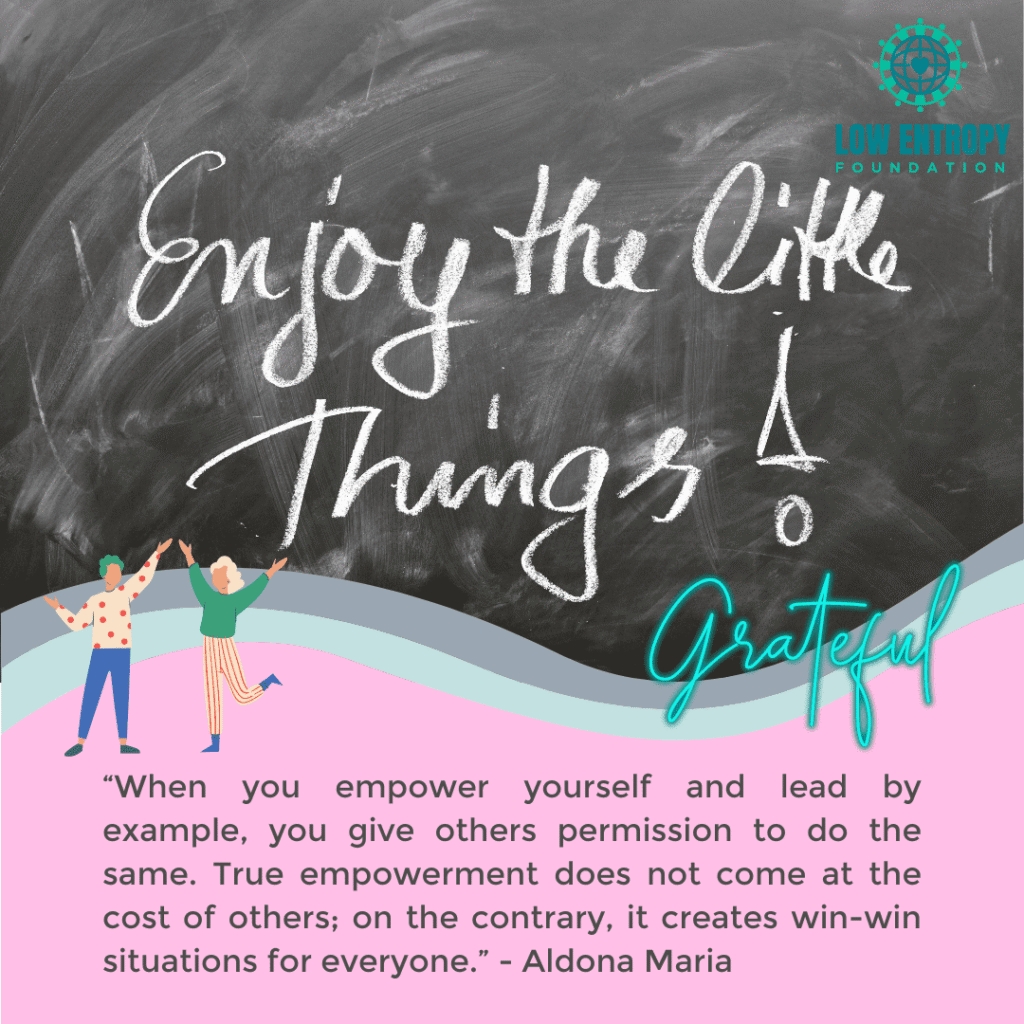
Low Entropy Volunteer Writer Aldona Maria shares simple techniques to empower ourselves through language by cultivating gratitude and abundance in our expressions. The language we use says a lot about how we perceive the world. In this blog post, I will be sharing with you a simple technique to empower yourself through language by cultivating […]
How to Cope with Racial Tension as a Biracial Person (and Take Your Power Back!)
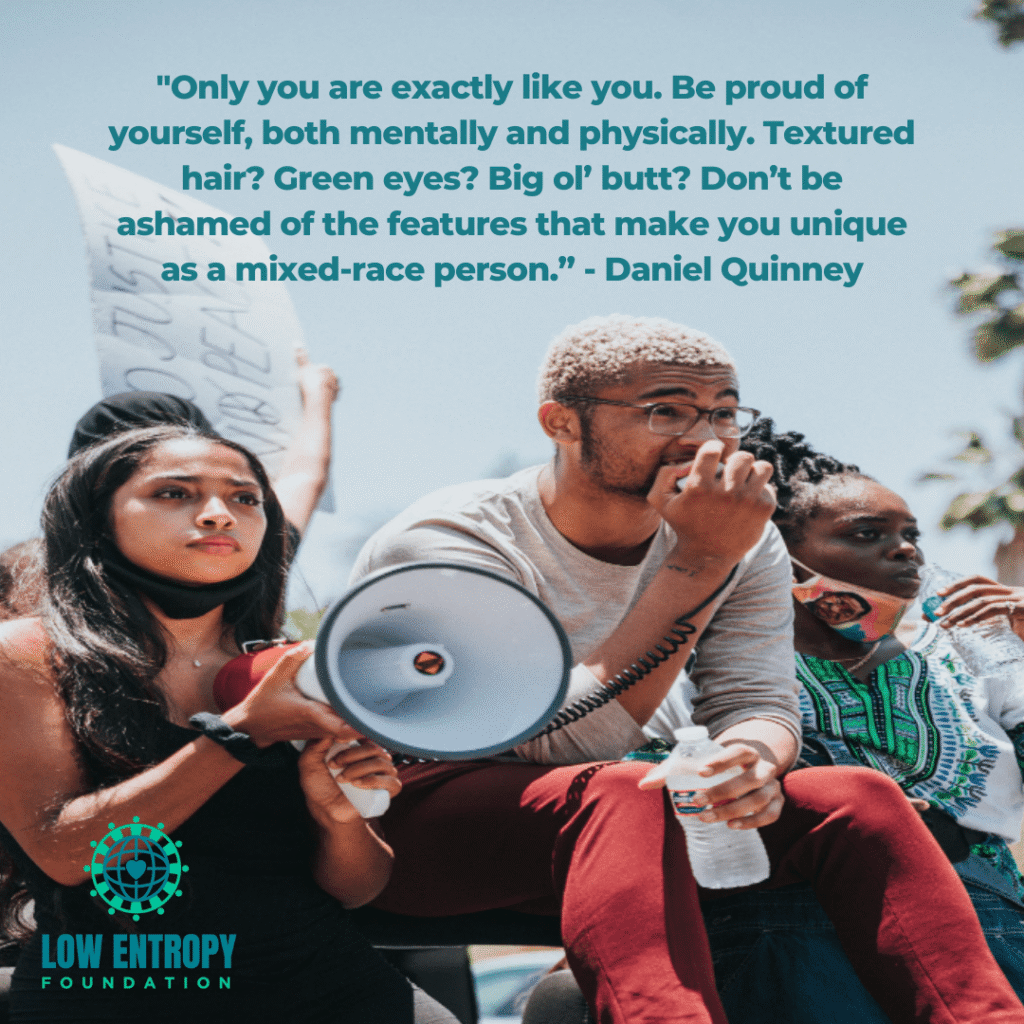
Low Entropy Volunteer Writer Daniel Quinney’s mixed-race background has prompted the same set of conversational questions over and over again, but for a long time Daniel struggled with finding an answer to feeling disconnected and excluded. For anyone who has felt the same way in this increasingly polarized world, Daniel shares some ideas on how […]
Take Action
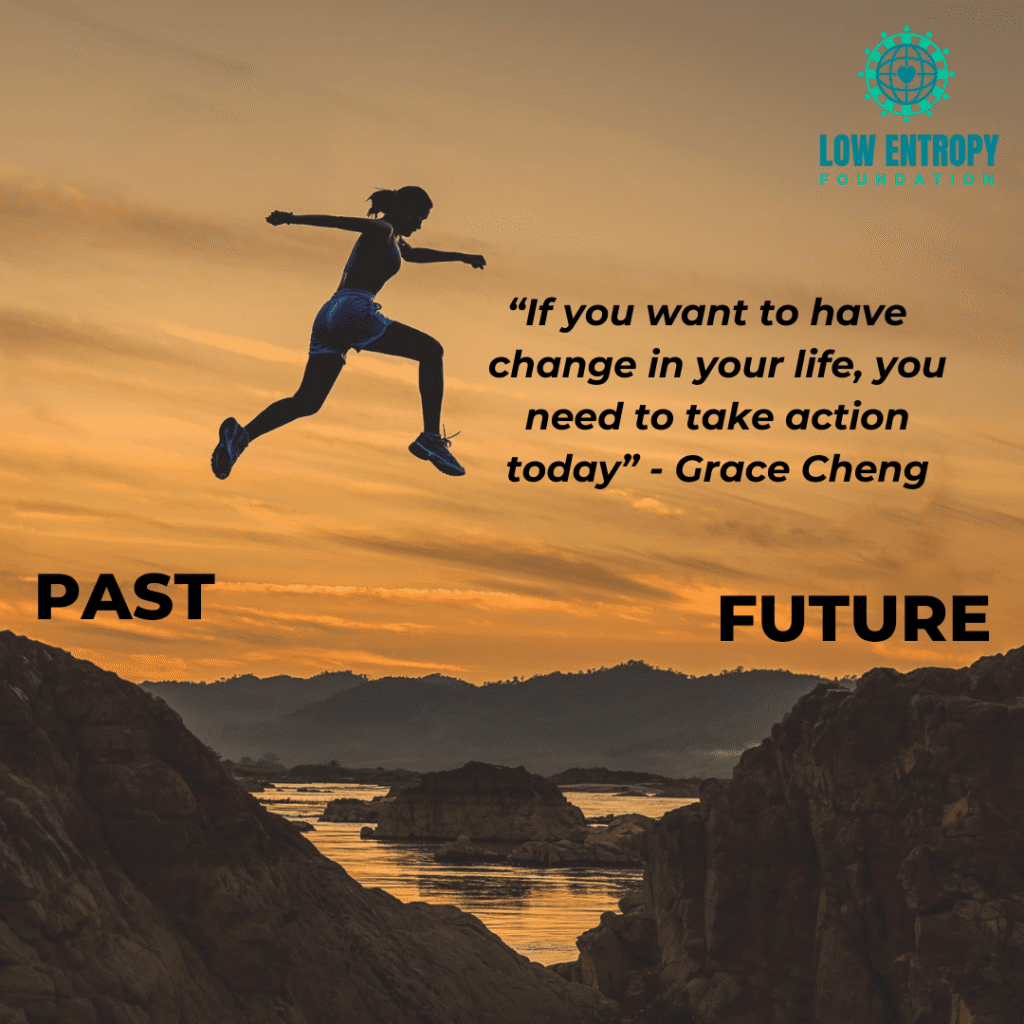
Are you miserable? You should change that. How about today? Low Entropy Volunteer Writer Grace Cheng shows you how. Do you sometimes feel trapped in life and feel everyone is moving ahead except for you? A lot of us feel unhappy or frustrated and think we have no control over our lives. But […]
Just Uncomfortable
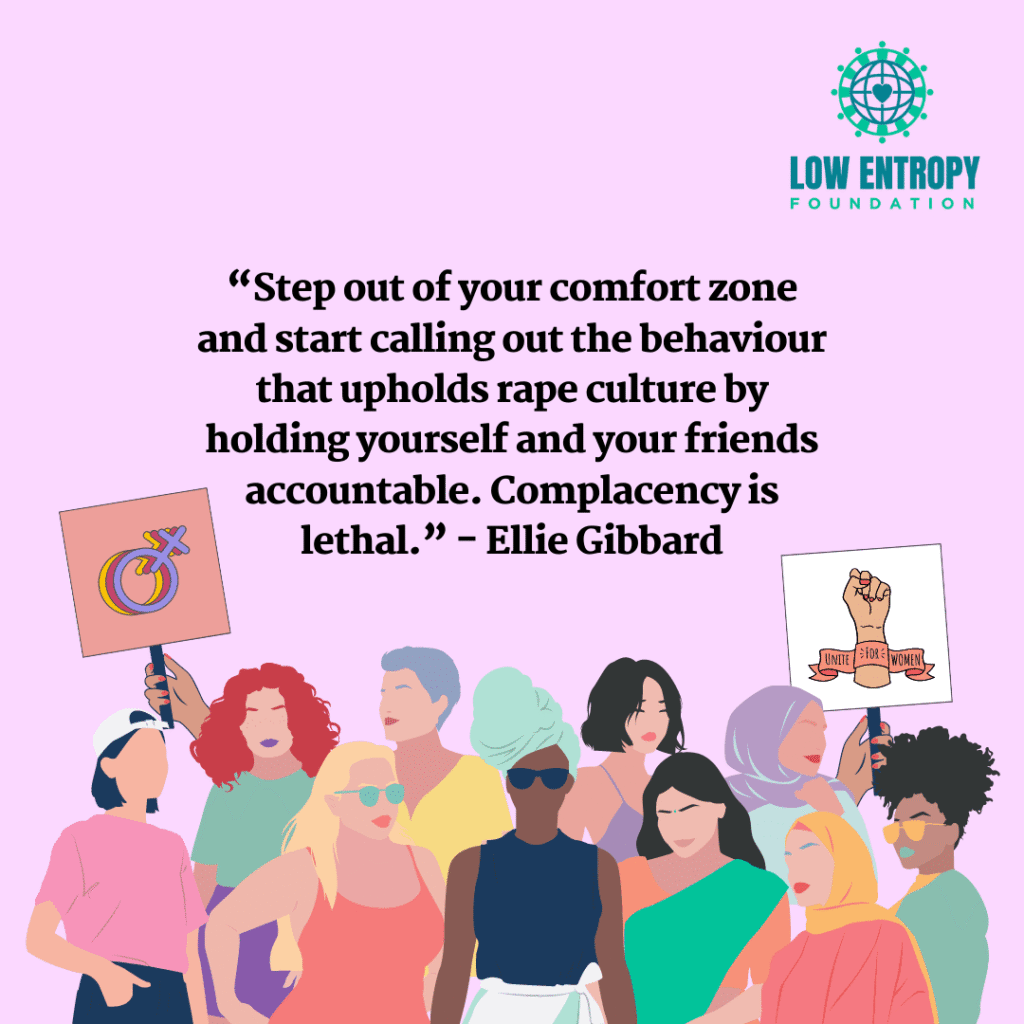
Low Entropy Volunteer Writer Ellie Gibbard sends a message to men about accountability and how to be an effective bystander for violence and harassment against women. Following the tragic death of a young woman in the U.K. by the name of Sarah Everard, the floodgates around women’s rights and safety seemed to fly open. […]
